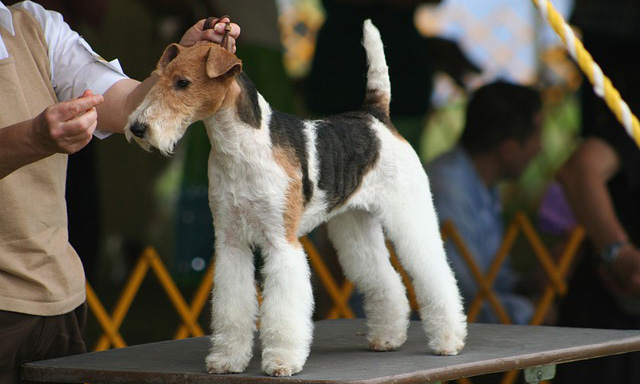Coming up in February you might want to consider local angles to the following:
African American History Month / Black History Month. While it sometimes might feel a bit smarmy to spotlight your region’s African American business leaders and owners during Black History Month — it’s something that should be done year-round as news warrants — it is an opportunity to profile overlooked businesses and entrepreneurs, and to make new contacts. In addition to business incubators, the local branch of the Small Business Administration and state chapters of groups like the American Bar Association and the American Medical Association, a variety of professional organizations exist that might have local chapters and/or point you to up-and-coming thought leaders in your area of interest. Try also the Black Business Association and groups for specialties, like the National Black MBA Association.
Publications like Inc. and Black Enterprise run annual lists of entrepreneurs to watch, while the U.S. Census Bureau’s survey of business owners offers data on black-owend businesses. And this unit at the University of Texas looks interesting: The Center for Black Business History, Entrepreneurship and Technology.
American Heart Month. This is fertile territory for health, technology and pharma reporters. But those on other beats can find a tie-in as well: insurance, retail (fitness centers, sales of gadgets like pedometers and blood-pressure monitors), grocery and food distribution (labeling and heart-health claims on food packaging, for example — what are trends, regulatory issues?) and what restaurants are doing to address heart-health concerns.
Feb. 10-11: Westminster Kennel Club dog show. This is the purebred dog world’s most-watched annual pageant, the Olympics of dog shows — and the parade of pampered pooches can inspire a plethora of local pegs, from the personal finance angle of owning and campaigning a show dog (this example from the New York Times says some show dogs have lobbyists — who knew?) to stories about local firms that purvey to pets. Americans reportedly spend more than $300 million a year showing dogs — who’s getting a piece of that pie in your market, from groomers to suppliers to conference centers that host regional shows and the hotels that depend on spin-off trade.
From the housepet angle, dog-and-cat hospice seems to be a growing trend, for example — the International Association of Animal Hospice and Palliative Care may be ble to direct you to members. And February is also Pet Dental Health Month; a primer on the cost of keeping Spot’s smile sparkly and the technology and trends behind animal dental intervention could be quite informative.
Feb. 14-17: Great American Bird Count. Don’t laugh — birding in the United States is big business, driving some $36 billion a year in direct spending on gear and travel, with an $82 billion ripple effect nationwide, according to this economic impact report from the U.S. Fish and Wildlife Service. (Note the state-by-state figures and charts in the report for handy context.) And that’s not counting the billions spent by backyard bird feeders. You might use the Great American Bird Count as a springboard to a look at the birdwatching scene in your neck of the woods, and who’s making money from it.
Feb. 23: Daytona 500. Auto racing is another multi-billion industry that often gets overlooked by business writers. If your region is home to one of the iconic tracks, chances are you can find an economic impact study, like this one from Charlotte, N.C., that assesses the direct impact and the multiplier effect of consumer and business-to-business spending on auto racing. But even if you aren’t near Indy or Daytona or Sebring, you might be closer than you think to a performance track frequented by semi-professional and amateur racers of go-karts, motorcycles and stock or kit cars. Here’s an interactive track locator that features more than 1,400 speedways nationwide. As Daytona looms to kick off motorsports’ spring and summer season, why not investigate the economics of local track operators, racing leagues and their participants.











